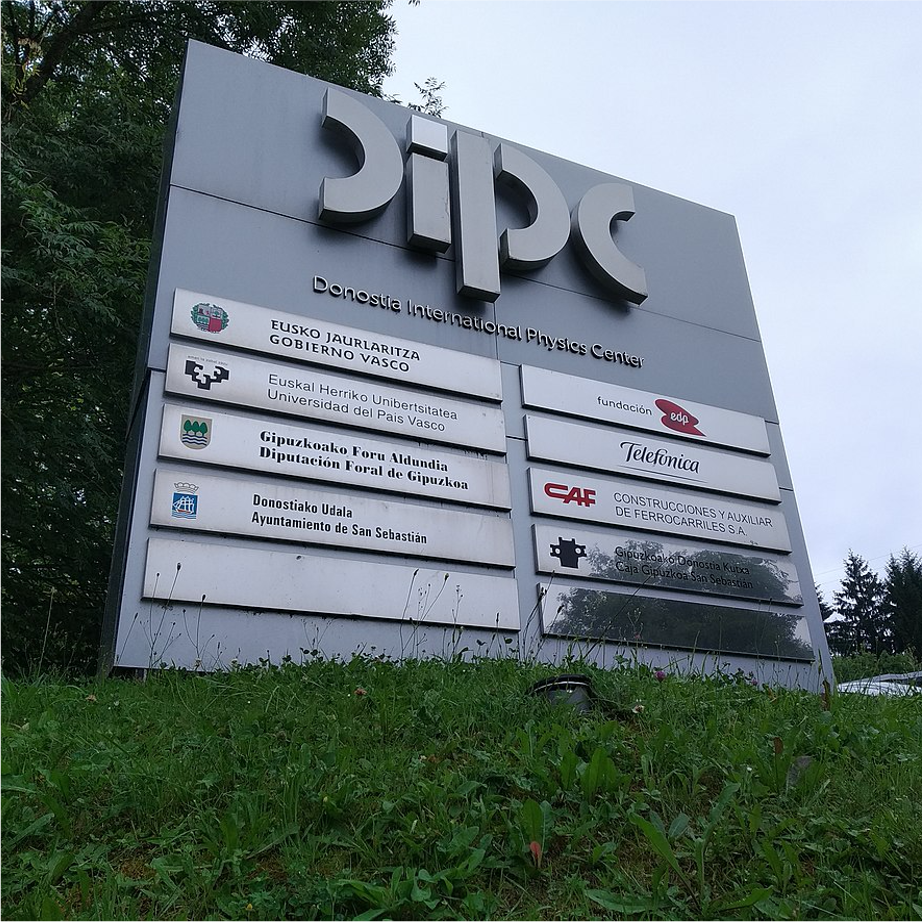Research
Our research aims to develop new electronic structure models to tackle the study of electronic states of molecules. We apply these methodologies to the study of interesting photophysical processes with potential novel applications in solar energy photoelectric conversion, lighting technologies and in those applications based on the absorption and/or emission of light by molecular systems.
Method development
Development and implementation of novel quantum chemistry models for the computation of ground a...
Exciton dynamics methods
The simulation of exciton dynamics in molecular materials, e.g., molecules, molecular aggregates ...
Strongly correlated systems
We are very interested in the characterization of radicals, diradicaloild and multiradicaloid mol...
Molecular Photophysics
The group has an extended experience in the application of electronic structure methods (either d...
Singlet fission
Singlet fission is a photophysical down-conversion process resulting in the generation of two tri...
Triplet-triplet annihilation
Triplet-triplet annihilation (TTA) is a special case of photon up-conversion, which has attracted...
Thermally activated delayed fluorescence
Thermally activated delayed fluorescence (TADF) is a photophysical process taking place in organi...
Excited state aromaticity
The concept of aromaticity occupies a central place in the description of the ground state electr...
Molecular spins for quantum computing
There is currently a huge interest in quantum technologies. In particular, quantum computation is...





